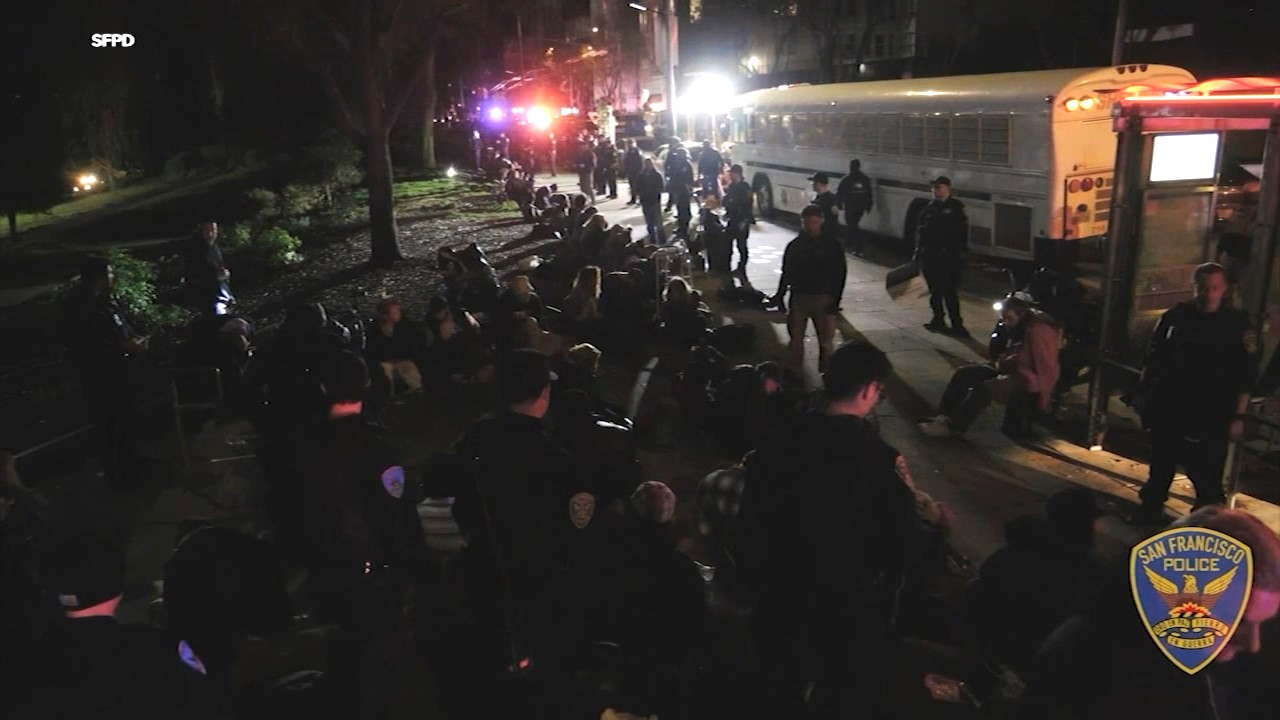
NGOCSTIP – 1,000 Traffickers in Massive Raid is not just a headline but a chilling reflection of the scale of human exploitation. In early July, Operation Global Chain shocked the world as authorities from 43 countries joined forces to take down major trafficking networks. With nearly 15,000 officers mobilized, this was one of the most coordinated anti-trafficking crackdowns in recent memory. Organized by INTERPOL, Europol, Frontex, and national police forces, the operation specifically targeted those responsible for forced begging, sexual exploitation, and other forms of organized human trafficking.
The efforts paid off with the identification of 1,194 potential victims and the arrest of 158 suspects. These victims, many of whom were children, came from 64 different countries including Romania, Ukraine, Colombia, and China. The sheer scope of the operation revealed just how widespread and complex human trafficking remains across borders and cultures, and highlighted a renewed global urgency to dismantle these underground networks.
The operation known as Global Chain was launched as a multilateral initiative to respond to escalating reports of human trafficking throughout Europe, Asia, and Latin America. At the heart of 1,000 Traffickers in Massive Raid lies a sophisticated strategy, designed to identify, infiltrate, and disband criminal syndicates responsible for exploiting vulnerable populations. A combined force of international agencies worked hand in hand, sharing intelligence, logistics, and surveillance in real time.
Frontex played a critical role in monitoring migration flows and border control, while Europol and INTERPOL led the coordination of arrests and data tracking. The raids were conducted in both urban and rural areas, where traffickers often hide in plain sight. Children were found in abusive labor conditions, some forced to beg or commit petty crimes under threat of violence. Many of these cases had gone unnoticed until the operation brought them to light. Investigations are still ongoing as authorities build cases against the suspects.
Rescuers found victims from 64 countries, showing how trafficking spans across borders and affects all regions. Authorities discovered them in illegal sweatshops, construction zones, and hidden rooms behind nightlife businesses. Traffickers smuggled many individuals using false promises of jobs or education abroad. After arrival, they seized the victims’ documents and controlled them through violence and fear. Survivors endured harsh physical abuse and long-term psychological manipulation during captivity.
Many of the rescued victims were women and minors, showing traffickers often target the most vulnerable individuals. Social workers and trauma experts support the survivors during recovery and reintegration into safer environments. NGOs and governments provide long-term help, including housing, healthcare access, and legal assistance. Advocates push for stronger systems to protect migrants and refugees from hidden trafficking networks. Traffickers often exploit gaps in national systems and avoid detection by using informal routes and undocumented channels.
What made this operation historic was the level of coordination between international and national agencies. 1,000 Traffickers in Massive Raid would not have been possible without mutual trust and real-time communication between jurisdictions. Police officers, border agents, cybercrime experts, and intelligence analysts worked as a single entity, united by a common goal. The operation showed that human trafficking is not a local problem but a global crisis that requires comprehensive global cooperation. The arrest of 158 suspects is only the beginning. Authorities are currently pursuing financial investigations to trace the flow of illicit money and uncover the full organizational structure of the criminal networks. Information gathered during the raid is now being used to prepare future crackdowns and preventive strategies. Interpol has called on all member nations to increase their investment in anti-trafficking training and digital forensics, especially in regions where legal frameworks are weak or outdated.
“Read more: Low Appetite in Kids? Parents Swear by These 7 Genius Hacks!”
The operation’s impact reaches beyond arrests and creates a new model for global policing against trafficking. Global forces now share intelligence, plan strategically, and prioritize victims in every stage of anti-trafficking efforts. Communities must become more involved because many victims live unnoticed in everyday places. Public awareness remains low, allowing traffickers to operate freely in busy neighborhoods and cities. Schools, hospitals, and transport hubs now serve as important detection points for future trafficking prevention. Technology helps authorities track trafficking networks and monitor suspect communications more precisely. Officers use facial recognition, AI, and blockchain to uncover illegal operations and identify high-risk locations. Tech innovation gives authorities faster tools to stop criminals before they reach new victims. Leaders encourage governments to pass stronger laws and improve victim recovery programs immediately. With global teamwork, this successful raid may become the first of many major strikes against traffickers.